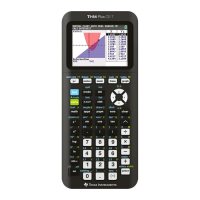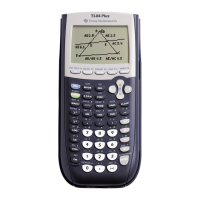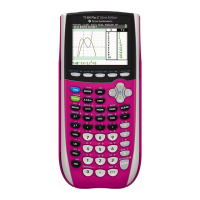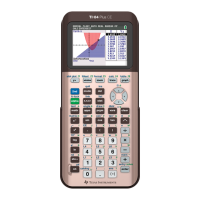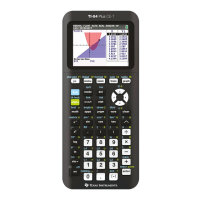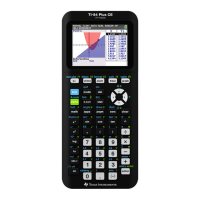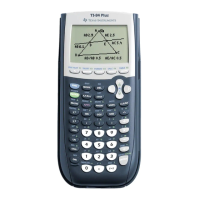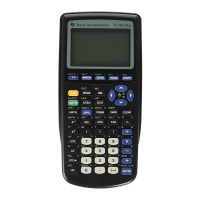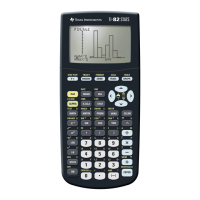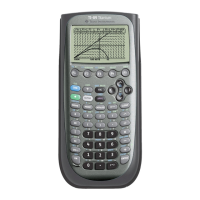Chapter 12: Statistics 196
The TI-84 Plus uses the formula below to compute RESID list elements. The next section
describes the variable
RegEQ.
RESID = Ylistname N RegEQ(Xlistname)
Automatic Regression Equation
Each regression model has an optional argument,
regequ, for which you can specify a Y= variable
such as
Y1. Upon execution, the regression equation is stored automatically to the specified Y=
variable and the Y= function is selected.
Regardless of whether you specify a Y= variable for
regequ, the regression equation always is
stored to the TI-84 Plus variable
RegEQ, which is item 1 on the VARS Statistics EQ secondary
menu.
Note: For the regression equation, you can use the fixed-decimal mode setting to control the
number of digits stored after the decimal point (Chapter
1). However, limiting the number of digits
to a small number could affect the accuracy of the fit.
Diagnostics Display Mode
When you execute some regression models, the TI-84 Plus computes and stores diagnostics
values for
r (correlation coefficient) and r
2
(coefficient of determination) or for R
2
(coefficient of
determination). You can control whether these values are displayed by turning
StatDiagnostics on
or off on the mode screen.
r and r
2
are computed and stored for these regression models.
MathPrint™
MathPrint™
MathPrint™
Classic
Classic
LinReg(ax+b)
LinReg(a+bx)
LnReg
ExpReg
PwrReg
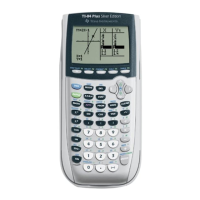
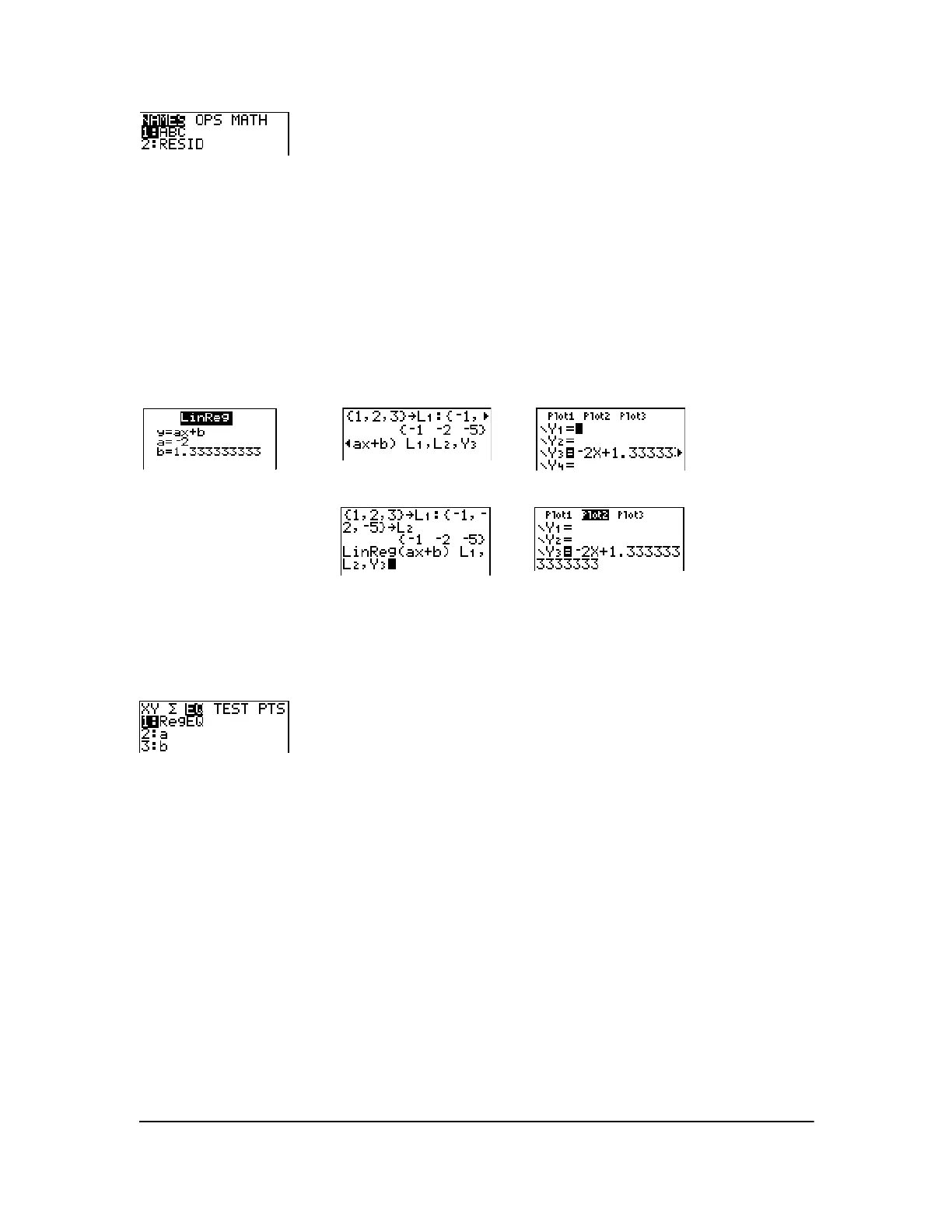